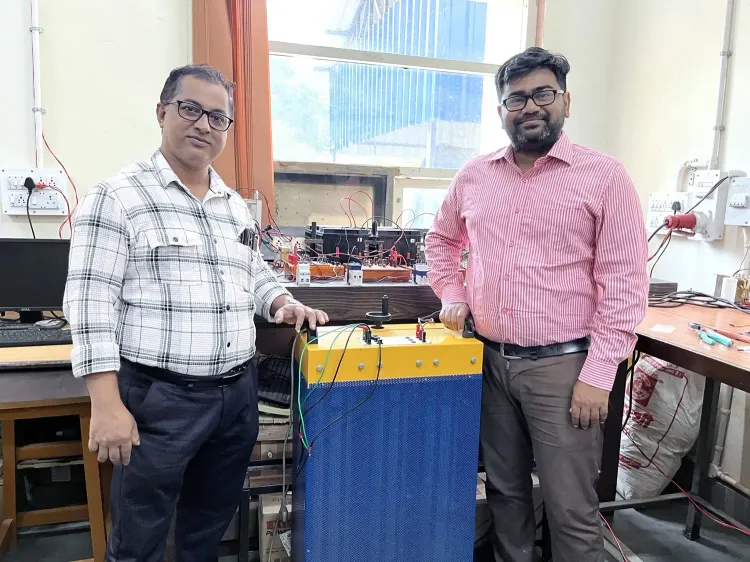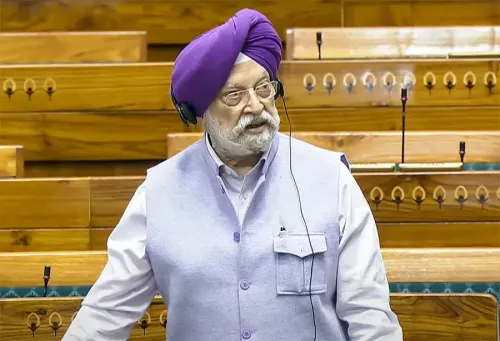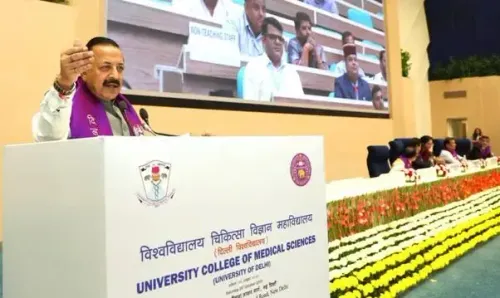How is NIT Rourkela’s Smart Hybrid Microgrid Ensuring Green Energy in Rural Areas?

Synopsis
Key Takeaways
- Innovative control system manages multiple energy sources.
- Provides clean energy to remote communities.
- Reduces dependence on fossil fuels.
- Promotes sustainable development and local job creation.
- Offers around 10 kWh of energy for four households.
New Delhi, Oct 24 (NationPress) Researchers from the National Institute of Technology (NIT) Rourkela have created an intelligent control system that automatically regulates the flow of electricity generated from solar, wind, and battery sources.
This pioneering hybrid microgrid offers a sustainable and consistent power supply to rural regions lacking access to the central electricity grid, even amidst variable solar radiation, shifting wind speeds, and diverse electrical demands.
The findings, published in the IEEE Transactions on Industry Applications, aim to minimize the reliance on fossil fuels while extending electricity to remote areas excluded from the primary power grid.
Professors Arnab Ghosh and Krishna Roy from the Department of Electrical Engineering at NIT Rourkela stated, “This research emphasizes energy management among various sources, loads, and storage systems. Techniques for managing energy in renewable-integrated microgrids offer significant societal advantages by ensuring reliable electricity access, especially for isolated communities. They foster sustainable development, create local jobs, and enhance living conditions.”
“Moreover, these systems decrease fossil fuel dependence, bolster energy security, and contribute to community resilience through cleaner, more affordable, and equitable energy solutions,” the researchers added.
To tackle the issue of energy fluctuations, the team devised a dynamic Power Management Scheme (PMS) that facilitates seamless coordination among all energy providers and storage units.
This control methodology allows batteries to store energy both safely and efficiently, enhancing storage capacity and prolonging battery life, while also lowering overall costs.
By automatically adjusting converters based on the most accessible resources—solar in the morning, and wind, Biomass Gasifier (BMG), and Pico Hydropower (PH) throughout the day—the system guarantees a balanced power flow across different loads.
This hybrid structure, based on multiple source converters, can effectively meet the energy needs of remote communities, providing around 10 kWh of reliable energy, sufficient to support four rural households.









